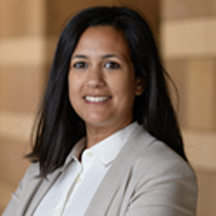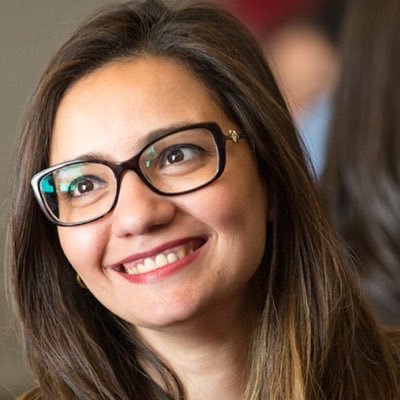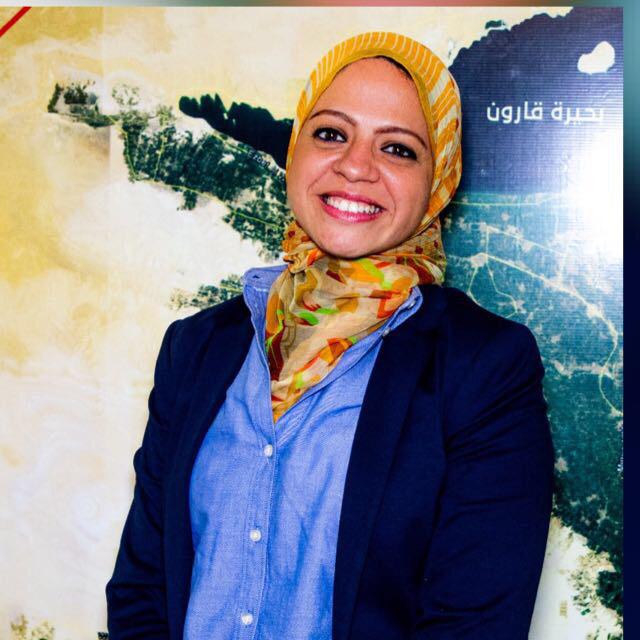In a nutshell
While men’s average monthly wages in Jordan are higher than women’s average monthly wages, households headed by women have higher expenditure per capita compared with their male counterparts.
Although basic education in Jordan is compulsory and free, the government needs to take additional actions to guarantee schooling for children and limit primary school dropout among the less privileged parts of the population.
Inequality of opportunity in education remains high for secondary and tertiary completion rates; family wealth and parental education are the main drivers of inequality.
Inequality is a complex and multidimensional phenomenon. The inequality story may change based on the dimension tackled and/or the indicator used in the analysis.
In Jordan, income inequality had been stagnant over many years and at a relatively low level when measured by common inequality measures such as the Gini index. But other measures show higher levels of income inequality. For example, the pre-tax national income share of the top 10% of the distribution exceeded 40% in 2016.
For non-economic inequality, Jordan has successfully reduced the gender gap in educational outcomes. Indeed, the gender gap had been reversed in attainment by girls at higher levels of education. But inequality of opportunity in education remains high for secondary and tertiary completion rates. Family wealth and parental education remain the main drivers of inequality.
The global pandemic poses massive economic challenges with the economic slowdown and widespread losses of employment and income. It has become clear that Covid-19 is likely to result in increasing levels of inequality, with long-term consequences.
For example, the pandemic has shed light on inequalities in enhanced capabilities such as access to technology. Women, the young, people working in the informal sector and people living in rural areas with limited access to the internet and digital assets are the most vulnerable groups. Low-wage workers who are more likely to suffer employment loss and who have limited access to social protection are bearing the cost of the economic collapse.
Moreover, with distance learning and online education, disadvantaged children (the least wealthy and/or those living in rural areas with limited or no access to the internet) face reduced opportunities for completing their education. This may lead to increasing inequality in educational opportunities and affect both future job opportunities and income levels. Greater inequality would reduce the impact of economic growth on poverty, leaving the poor and marginalised groups worse off.
Understanding the different dimensions of inequality and providing adequate responses are key factors for human development. Income inequality and non-economic inequalities are interlinked, as income enables individual functioning.
Thus, tackling only one dimension of inequality or using only one measure may be misleading. In new analysis of Jordan’s Household Expenditure and Income Surveys (HEIS), we reach the following conclusions on income inequality, inequality in educational outcomes and inequality in educational opportunities.
Income inequality
Income inequality is mainly driven by differences in the socio-economic characteristics of individuals, such as their gender, education level, employment status and geographical location. Analysing Jordan’s HEIS for the year 2017-18, we decompose income inequality into endowment effects and the returns to endowments, in an attempt to understand the main drivers of spatial and gender inequality.
Geographical inequality, measured by the expenditure per capita gap between urban and rural areas, is in favour of the urban areas. For the gender gap, while men’s average monthly wages are higher than women’s average monthly wages, households headed by women have higher expenditure per capita compared with their male counterparts. This confirms the complexity of inequality and how different indicators tell different stories.
Our analysis shows that education and the returns to education are the main drivers of spatial inequality and gender inequality in Jordan. Other determinants include endowments such as access to the internet and access to social protection. These results apply to almost all income groups.
From a policy perspective, we conclude that reducing expenditure on inequality requires investing in education and ensuring equal access to services, internet and social security.
Inequality of outcomes
Inequality of outcomes is related to individual effort such as time and effort spent on educational attainment. While inequality of opportunity arises from circumstances beyond the individual’s control such as parental education and financial resources, we prefer to focus on inequality of outcomes, which is comprehensive in both effort and circumstances.
We rely on the four waves of the Jordanian HEIS to examine the determinants of educational outcomes using the highest educational level attained by students over the period from 2008 to 2017.
We find that overall inequality of educational outcomes has been widening over time. We note that inequality in secondary education and above is higher than basic completion across years. We also find that family wealth and parental education are the main drivers of inequality.
The gender gap is higher in 2017, with lower completion rates for girls compared with boys, particularly for basic education. Children with educated fathers are more likely to complete basic and secondary or higher education.
Compared with the poorest families, children in the richest wealth quintiles are more likely to progress in school, particularly from basic to secondary education or higher.
It is also noteworthy that girls have the highest share of completing secondary education or above compared with boys, which is commonly associated with having to work and earn income to support their families. In contrast, compared with boys, girls have lower basic completion rates, as they may be vulnerable to child marriage or family preferences for investing more in boys’ education.
We also find that children residing in the northern or southern regions of Jordan are less likely to complete secondary education or higher compared with those residing in the middle regions.
Inequality of opportunities
Inequality in educational opportunities at the completed primary level for young people is persistently high, with wealth being the most influential factor. Although basic education is compulsory and free, the Jordanian government needs to take additional actions to guarantee basic schooling for children and limit primary school dropout among the less privileged parts of the population.
We recommend the following three measures:
- Awareness campaigns.
- Subsidising school supplies conditional on parents’ income and wealth.
- Imposing stricter measures to combat child labour.
As in other Arab countries, inequality of opportunity at the secondary level of education and higher has worsened over time with household wealth being the most important determinant. We recommend that the government should offer better-targeted full scholarships to less advantaged children and implement a flexible programme allowing university students in need to work on campus to cover their expenses.
After household wealth, parental education (mothers’ education in particular) is the second most important determinant of young people’s opportunity to attend or complete an educational level over time. Awareness campaigns about the importance and returns to education – with a particular focus on girls’ education – can therefore have a positive intergenerational impact on educational attainment in the country.




